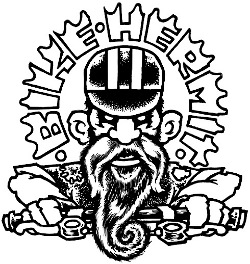When I was in the fourth grade I took piano lessons from Mrs. Jandt. Hers was a big house on the corner; white clapboard with lilac bushes. Four or five concrete steps up to a small front porch, also concrete. The front door opened into a room- just a room, with no transition from the outside but with an upright piano against the far wall. There might have been other rooms, maybe rooms that I had been in, but I don’t remember them. Once a week after school I would walk to her house for my lesson. It seems like it was always spring. I don’t remember ever walking there in the snow. Considering that this was southwest Montana, my only conclusion is that I didn’t take lessons from her for very long. Her teaching emphasis was on learning to read music, which came relatively easy for me. I remember her placing pennies on the backs of my hands while I was playing, the goal being to not let the pennies fall. Then there were the recitals. Making a mistake was unforgivable. Watching kids freeze, watching myself freeze at the piano still induces nightmares.
My early musical “education” did not focus on music. I didn’t know what a chord progression meant or sounded like and I didn’t know what an interval was until I was 20 years old. In the Music Education curriculum at University I learned how a sonata was constructed and I learned that Bach, and the Baroque period, came before Beethoven, and the Classical period. Again, in music school, the same fucking thing happened; the music history professor, who also taught piano, would see me in the practice cubicle and come in and correct my hand position. Why not show me some music?
Now, in my mid 60’s, I feel as though I am starting from scratch at playing songs on the piano. By “songs” I mean either a solo piece or something I can play with other musicians while actually adding something to the music. Happily, there are many people my age who have musical backgrounds and love to play in jam sessions and who are happy to let me sit in.
Sitting in with other musicians means being able to follow the chord changes, which means reading a “chart” and/or being able to hear the changes and/or being able to see the chords by the shape of the guitar players’ hands. Then one must be able to make the chords and the transitions sound good sonically and rythmically. And one needs to be able to do this on the fly; the music doesn’t wait. I just realized I always want to be able to make the piano part sound full and complete. It’s hard to have the patience to play very basic notes and rhythms while “in the pocket”.
DAW (digital audio workstation) software allows one to import musical tracks and then play along with them while recording the whole thing. An audio interface like this one from Sweetwater.com performs the magic of connecting the instrument or voice microphone to the software. This site has a catalog of hundreds of songs performed in the style of, but not performed by, the artists who made them famous. Most of the songs can be downloaded by separate tracks, so I can get the complete version, the version with vocals (which doesn’t include the piano part) and the piano only version so I can learn that. Then I can put the vocal version in the software and play along while recording.
Sorry if this seems elementary to some, but it took me some time to figure this all out and it’s a lot of fun to use. Here’s one of my favorites to play along with. It’s a song written by James O’Hara and made famous by George Jones. If the reader/listener doesn’t like hard core bad breath honky tonk they may not like this. I think this type of piano, the Hargus “Pig” Robbins sound, is incredible.
